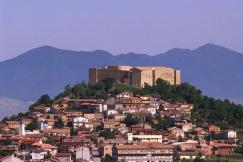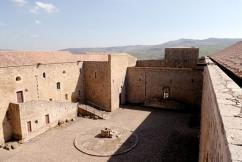Vulture area
Dominated by an extinct volcano, the north eastern area of the region, the so-called Vulture Melfese is a continuous expanse of multicolored forests, hills covered with vineyards and olive groves, lakes and flowing rivers. Centrally located, this area has served as a major junction for all destinations in the South of Italy for thousands of years. Castles, city walls, and ancient abbeys haunted by kings and queens, popes and literary men, templar and briganti stand as testament to the history of this place. Several days can be dedicated to expand the tour of more well-known towns, exploring the most hidden jewels and visiting the archeological heritage preserved in the National Museums and available in many parks open to the public.
Melfi
The castle that towers over the valley was originally the headquarters of the Normans. It later earned fame for being home to Frederick II of Swabia, promulgator of the central work on feudal rights: the Costitutiones Augustales. The castle then served as the baronial palace of the Doria’s family, and today it houses the rich collection of the Archeological Museum of Melfese with precious findings of local and imported products, including the Sarcophagus of Rapolla, from Minor Asia, in a perfect state of preservation. Within the city walls, still undamaged in large part, one can visit the town’s interesting buildings from different eras, and the central square with the original cathedral bell tower whose majesty testifies to the role of the town in the alliance between the Norman conquerors and the papacy - the unification that gave rise to the time of the Crusades in the Holy Land. Not far off, on the road to Rapolla, is Saint Margherita’s crypt; a place of worship dug out of the volcanic tuff stone. Inside is a wonderfully preserved layering of frescoes – among them the unsettling “memento mori” addressed to Frederick II.
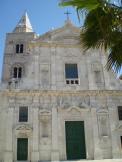
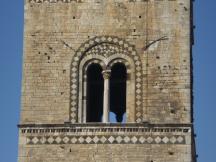
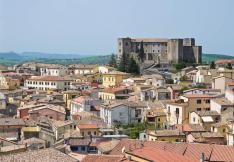
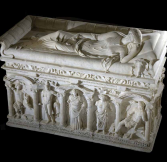
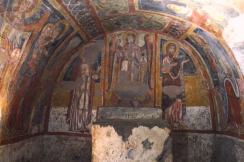
Venosa
Among the most important artistic towns of the region, Venosa is an area of very ancient origins boasting findings dated to the Roman era and the late Middle Ages. There are many traces of the Roman Venusia in the Archeological Park and in the Museum, as well as in the zoomorphic statues and stone ashlars reused during the following eras to complete the street furniture and embellish noble palaces. Contributing to the charm of the area is the Park with the ruins of roman houses and roads, the early Christian Abbey of Trinity, and the so called Cathedral “Incompiuta” (Unfinished) begun by the Normans in the XI century. Not far from the town are the Christian and Jewish Catacombs, testament to the pacific cohabitation of the two religions. Search Venosa recorded as one of the Most Beautiful Villages in Italy
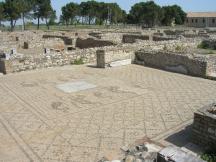
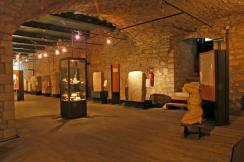
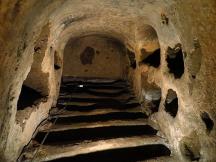
Acerenza
Perched on a rock made of limestone, at 833 meters above the sea level, Acerenza still retains the aura of an impregnable fortress, benefiting from its privileged position as look-out over the main arterial roads Via Appia, Appia Traiana and Via Erculea. Acerenza was Roman prefecture, Lombard gastald, Norman center, Swabian and Aragonese feudal center. The prime location of the town affords visitors with endless panoramic vistas of beautiful tilled fields and over 900 hectares of woods. Surrounded by these breathtaking views, one enters in the historical center following narrow medieval streets towards the imposing Romanesque-Cluniac Cathedral whose plastic architecture is enriched by projecting sculptures. Search Acerenza recorded as one of the Most Beautiful Villages in Italy.
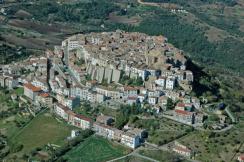
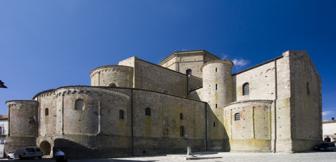
Castel Lagopesole
The ancient Lacus pensilis, the “suspension” lake of the Quaternary era is another strategic place from which to control the Herculea road – the limit between the Byzantine and Lombard territories, and land of conquest for the Saracens. The Normans enlarged the preexistent fortification and the Swabian chose it as shooting manor; the Angevin architects finalized it with an aqueduct and a small lake to raise eels. The tour offers visitors the chance to enjoy a very rich pastoral environment, and the opportunity study the different styles of quotidian tools that mark centuries of inhabitance. Also on display are the furnishings (table and kitchen crockery) used frequently for banquets during the Angevin era as well as some remarkable exemplars of Frederick II ‘s classic art collection.
